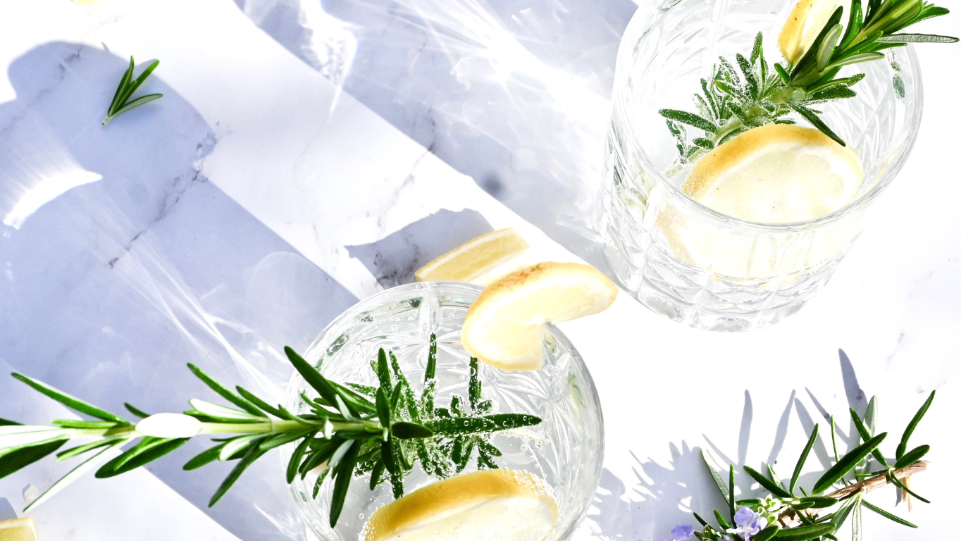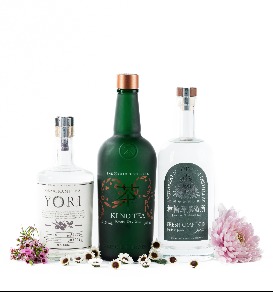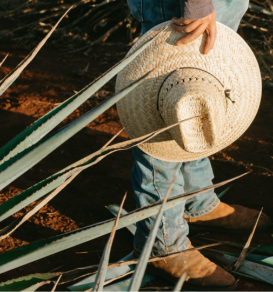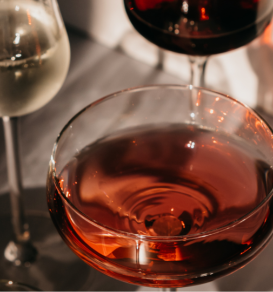The Evolution of Tequila
The Evolution of Gin

For centuries, gin has undergone a remarkable transformation - from a humble herbal remedy to a leading spirit behind some of the world’s most iconic cocktails. Today, it’s embraced by bartenders, spirits connoisseurs, and curious drinkers alike, thanks to its complexity, adaptability, and ever-evolving flavor profiles. As gin continues to dominate both back bars and international spirits competitions, its story is one worth tracing.
Origins: Where Gin’s Story Begins
Gin’s roots stretch back to the 11th century, when European monks first began distilling wine and spirits with juniper berries for medicinal use. By the 1500s, Dutch distillers had developed jenever, a juniper-forward spirit prescribed for everything from gout to kidney ailments. When British soldiers encountered jenever during the Eighty Years’ War, they brought it home, setting off a centuries-long relationship between gin and British culture.
But gin’s early popularity in England wasn’t without consequence. By the 1700s, the spirit was cheap and readily available, leading to a period known as the Gin Craze. Unregulated production led to social unrest and public health concerns. The British government responded with a series of Gin Acts, slowly restoring order and laying the groundwork for modern distillation standards.
Refinement and the Birth of London Dry
As distillation technology improved, so did the quality of gin. The 19th century saw the rise of London Dry Gin, a cleaner, more consistent style defined by its dry character, absence of added sugar, and a pronounced juniper presence. This style became the benchmark for gin production around the world and remains a favorite in classic cocktails like the Martini, Negroni, and Tom Collins.
The global spread of gin was further cemented by the British Empire, which helped popularize the gin and tonic — a mix originally designed to make quinine (used to treat malaria) more palatable in colonial India. The combination became an enduring symbol of balance and refreshment, helping to carry gin into the mainstream of Western drinking culture.
A Modern Renaissance: Craft Gin and Botanical Innovation
Fast forward to the 21st century, and gin has experienced nothing short of a creative renaissance. The craft distilling movement—spurred by consumer demand for authenticity, transparency, and regional identity—has breathed new life into the category. Distillers are experimenting with wild foraged botanicals, barrel aging, and alternative base spirits to produce gins that tell a story of place and personality.
This new wave of craft gin includes both traditional expressions and bold reinterpretations. You’ll find floral gins infused with lavender and chamomile, spicy gins aged in bourbon barrels, and citrus-driven gins built for warm-weather sipping. Some contemporary producers even downplay the juniper, prioritizing harmony and innovation over historical accuracy. These modern styles, often categorized as New Western Gin, have helped broaden the spirit’s appeal to new audiences.
Global Influence and Award-Winning Quality
Gin’s evolution isn’t confined to traditional strongholds like the UK and the Netherlands. Today, exceptional gins are produced on nearly every continent. Countries like Japan, Australia, and Peru have emerged as leaders in the craft gin space, blending native botanicals with time-honored techniques. This global expansion is reflected in the diversity of winners across major spirits competitions.
At The Tasting Alliance, we’ve seen firsthand how gin brands are pushing boundaries. Recent standouts include:
Tanqueray No. TEN – A citrus-forward London Dry Gin that continues to set the bar for balance and refinement (Double Gold, 2025 Asia World Spirits Competition)
Don Michael Andean Gin – Produced in Peru with native botanicals like muña and coca leaf, showcasing regional innovation (Bronze, 2025 San Francisco World Spirits Competition).
Drumshanbo Gunpowder Irish Gin – Distilled with gunpowder tea and oriental botanicals, a testament to modern Irish craftsmanship (Gold, 2025 San Francisco World Spirits Competition).
These gins, and many others, reflect the spirit’s dynamic future, as distillers innovate without losing sight of gin’s roots.
Gin Today: Cultural Staple and Creative Canvas
Whether you’re reaching for a classic London Dry Gin to mix a crisp Martini or exploring a more adventurous barrel-aged or herbaceous expression, today’s gin market offers something for everyone. It remains a bartender’s essential tool and a go-to for cocktail enthusiasts who appreciate nuance and variety.
Gin also plays a central role in the growing trend of low-ABV and spritz-style cocktails, thanks to its botanical complexity and mixability. Pair it with elderflower tonic, cucumber soda, or fresh juice for a refreshing take that doesn’t sacrifice flavor.
And for brands, there’s never been a more exciting time to engage with gin’s growth. From entering global spirits competitions to launching limited-edition bottlings, gin is a category ripe with opportunity for innovation, storytelling, and celebration.
The evolution of gin is more than a history lesson - it’s an ongoing narrative of craft, culture, and creativity. From its beginnings as a medicinal tonic to its modern role as a global spirits powerhouse, gin continues to captivate with its adaptability and depth. As an organization dedicated to honoring excellence in spirits, we’re proud to spotlight the distillers, innovators, and brands shaping the next chapter in gin’s journey.
RELATED


